The new plan does make some advances on the old on the twin questions of environmental damage and Aboriginal dispossession.
For a start, it explicitly tries to incorporate a role for indigenous questions in park interpretation:
‘In 2013 settlement of a native title claim acknowledged the legal recognition of the Traditional Owners. In 2012 -14 development of the Dja Dja Wurrung’s first Country Plan was undertaken. This plan acknowledges the importance of preservation and revival of cultural heritage as one of its key goals’
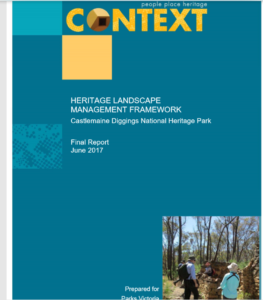
‘Equally CDNHP is an Aboriginal landscape of cultural sites and areas, natural resources and totemic species, creation stories and personal memories. The mined landscapes are referred to as ‘upside down country’ by Dja Dja Wurrung people. As custodians of the land that has been severely impacted by mining they feel a responsibility to heal the wounds that it has sustained’ [FOBIF emphasis]
This last point presents an interesting challenge to heritage managers: it suggests that respect for Indigenous culture would involve repair of the landscape, not preservation of the cause of its wreckage. The ‘equally’ in that paragraph is very important…
The Framework document does tend, like most documents to do with goldfields heritage, to pussyfoot around the environment question: it uses words like ‘dramatic transformation of the landscape’ when ‘rampant destruction of waterways and hillsides’ might be more accurate. In fact, we have to get to page 36 before the word ‘destructive’ appears….
Similarly, on the Aboriginal question the Framework seems to discreetly handpass the responsibility for dealing with this aspect of heritage to the Dja Dja Wurrung people. In one way this is fine: in another it has the effect of making this a separate issue. It therefore tends to enable the appreciation of our mining/digger heritage without seeing its darker side…
These are not easy questions for park managers to deal with: but any presentation or promotion of the park which underplays any of the three points made above is a betrayal of our real history.
The 2017 Heritage Management Framework is an important document, both for its own value and for the fact that it may be the guiding document for Park managers in the coming years. It contains much interesting and informative information, and its proposals for managers need to be widely known.
There is one important underlying principle in the document about which we should be cautious, however. That is, that it’s partly designed to facilitate visitation to the park. Visitation rates are now practically an obsession for Parks Victoria. Up to a point, of course, increased visitor numbers would be good for the local economy. But tourism is a tricky matter. Castlemaine Diggings is possibly unique in that its appeal is specifically related to the quiet neglect of some of its most interesting sites. Its intriguing landscapes are, for those prepared to look, wonderfully evocative of another age: but they’re probably best viewed without the hassle of crowds…
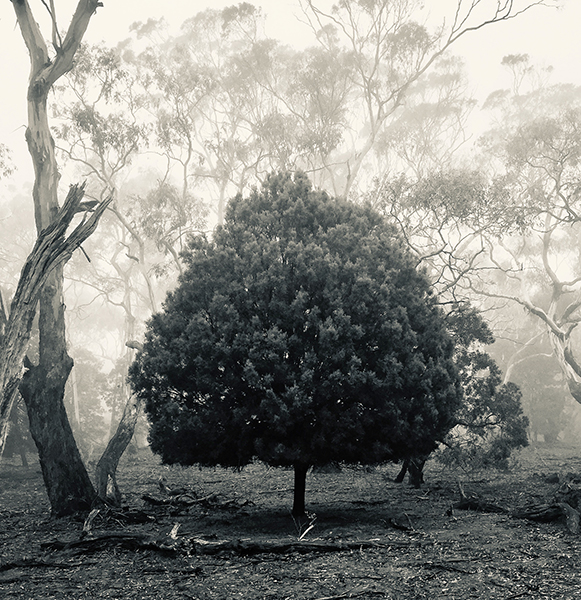

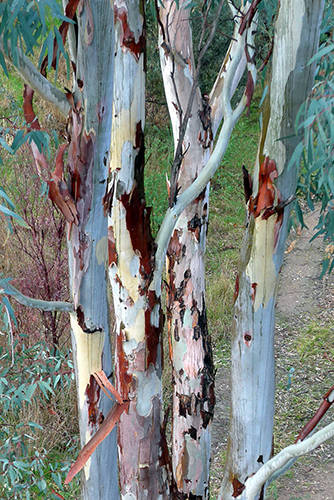
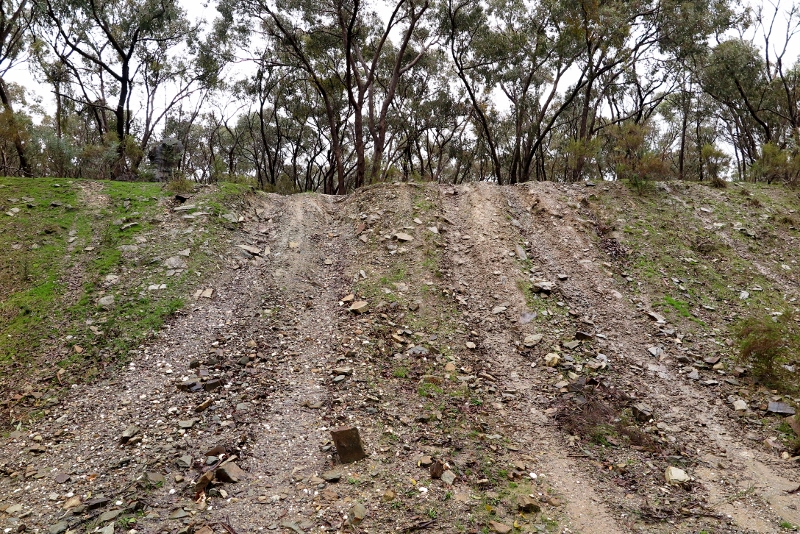
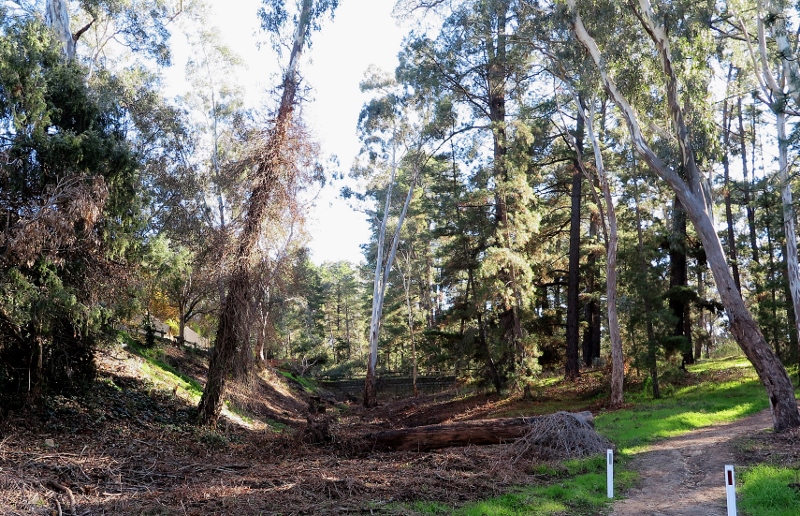
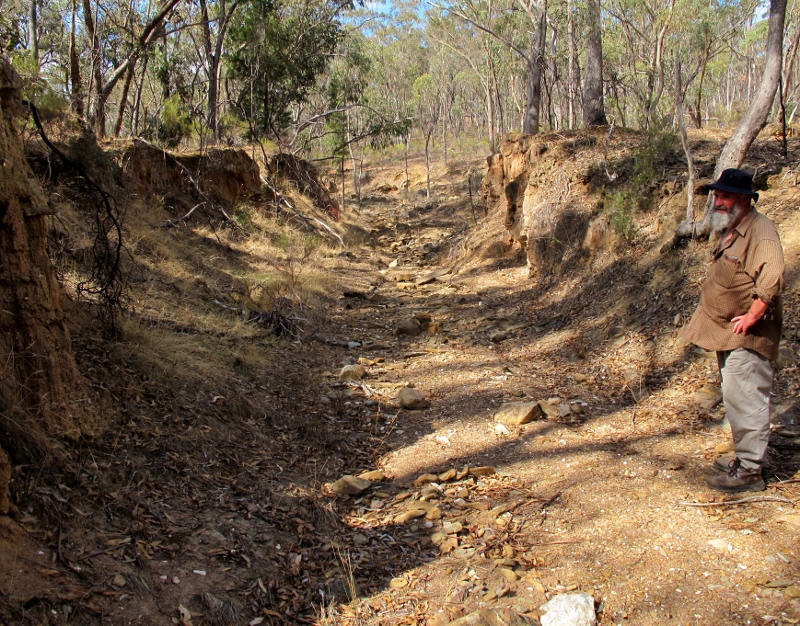

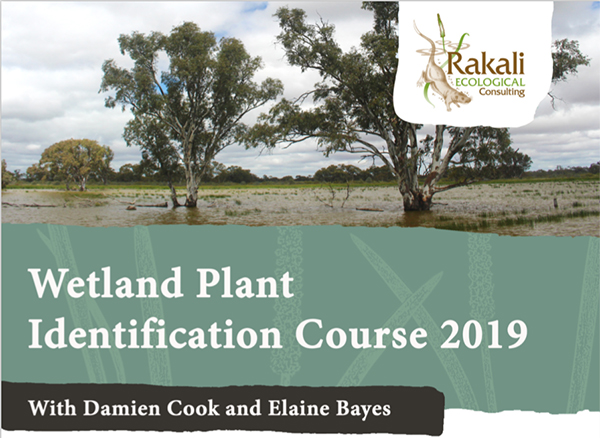



 Click on image for info/order page
Click on image for info/order page Click on image for info/order page
Click on image for info/order page Click on image for info/order page
Click on image for info/order page




















